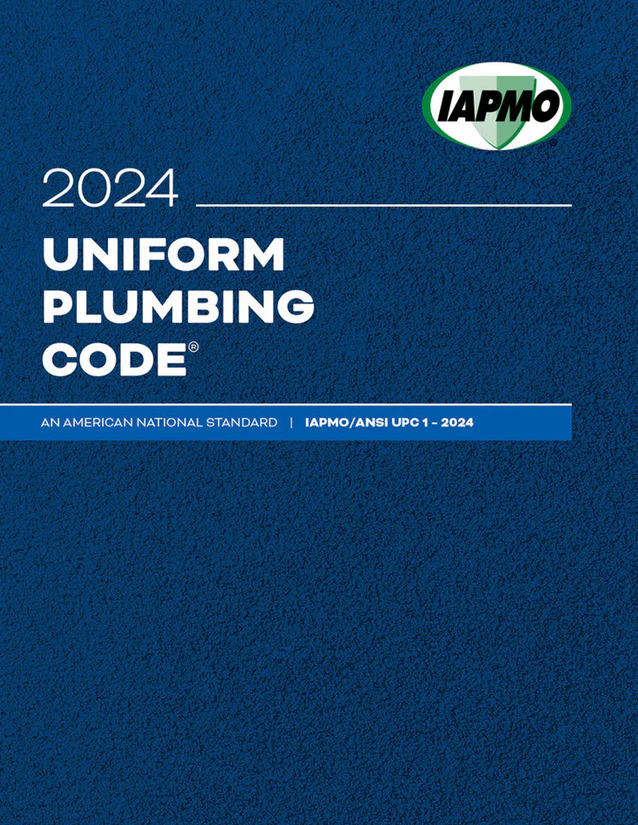NFPA Finds Most Structure Fire Deaths Happen in Home Fires
According
to a new study from the NFPA, Home Structure Fires, home fires account for 92
percent of fire deaths that occur in structures.
According to a new study from the NFPA, Home Structure Fires, home fires account for 92 percent of fire deaths that occur in structures. These fires cause an average of 2,840 civilian deaths each year.
“This study strongly underscores the need to aggressively work to reduce the number of home fires in this country in order to save lives from fire,” said Lorraine Carli, vice president of communications.
During the period of 2003-2007, U.S. fire departments responded to approximately 380,000 home fires a year. These fires not only caused a large number of civilian deaths, they also caused an average of 13,160 reported civilian fire injuries and $6.4 billion in direct property damage.
From 2003-2007, smoking materials caused the largest number of fire deaths. Heating equipment was the second leading cause. However, the leading cause of home structure fires, civilian fire injuries, and unreported fires continues to be cooking equipment. Forty-one percent of home fires started in the kitchen area and caused 15 percent of the home fire deaths and 36 percent of the reported fire injuries.
Properly installed and maintained fire protection can prevent most fire deaths. Forty percent of fatal home fire injuries occurred in properties where no smoke alarms were present. Home fire sprinklers can also help, as the death rate per 1,000 reported home fires was 83 percent lower when wet pipe sprinkler systems were present, compared to reported home fires without automatic extinguishing equipment.
For more safety tips, visit www.nfpa.org/safetytips.
According to a new study from the NFPA, Home Structure Fires, home fires account for 92 percent of fire deaths that occur in structures. These fires cause an average of 2,840 civilian deaths each year.
“This study strongly underscores the need to aggressively work to reduce the number of home fires in this country in order to save lives from fire,” said Lorraine Carli, vice president of communications.
During the period of 2003-2007, U.S. fire departments responded to approximately 380,000 home fires a year. These fires not only caused a large number of civilian deaths, they also caused an average of 13,160 reported civilian fire injuries and $6.4 billion in direct property damage.
From 2003-2007, smoking materials caused the largest number of fire deaths. Heating equipment was the second leading cause. However, the leading cause of home structure fires, civilian fire injuries, and unreported fires continues to be cooking equipment. Forty-one percent of home fires started in the kitchen area and caused 15 percent of the home fire deaths and 36 percent of the reported fire injuries.
Other key findings include:
- Reported home fires peaked around dinner hours
of 5:00 p.m.- 8:00 p.m.
- Only 20 percent of the reported home
fires occurred between 11:00 p.m. and 7:00 a.m., however 52 percent of home
fire deaths resulted from fires reported during these hours.
- Thirty percent of reported home
structure fires and 38 percent of home fire deaths occurred in the quarter
including December, January, and February.
- Reported apartment fires were more
likely to start in the kitchen than fires in one- and two-family homes.
- The two leading items first ignited in home fire deaths are upholstered furniture in 21 percent of home fire deaths, followed by mattress and bedding in 13 percent of the deaths.
Properly installed and maintained fire protection can prevent most fire deaths. Forty percent of fatal home fire injuries occurred in properties where no smoke alarms were present. Home fire sprinklers can also help, as the death rate per 1,000 reported home fires was 83 percent lower when wet pipe sprinkler systems were present, compared to reported home fires without automatic extinguishing equipment.
The NFPA offers these safety tips to prevent home structure fires from occurring:
- Stay in the kitchen while you are frying,
grilling, or broiling food. If you leave the kitchen for even a short
period of time, turn off the stove.
- Keep anything that can catch fire – oven
mitts, wooden utensils, food packaging, towels or curtains – away from your
stovetop.
- Keep anything that can burn, such as
paper, bedding, or furniture, at least three feet away from heating equipment
and have a three-foot “kid-free zone” around stoves, open fires and space
heaters.
- If you smoke, smoke outside using a deep,
sturdy ashtray. Remember to make sure butts and ashes are out, and dousing
water or sand on them is the best way to do that.
- Keep matches and lighters up high, out of
children’s sight and reach, preferably in a locked cabinet.
- Install smoke
alarms inside every bedroom, outside each sleeping area and on every level of
the home, including the basement. Larger homes may require additional smoke
alarms to provide a minimum level of protection.
- For best protection, install combination
ionization/photoelectric smoke alarms or both photoelectric and ionization
alarms. Photoelectric alarms are more responsive to smoldering flames and
ionization alarms are more responsive to flaming fires.
- Test smoke alarms at least once a month by pushing the test button.
For more safety tips, visit www.nfpa.org/safetytips.
Links
Looking for a reprint of this article?
From high-res PDFs to custom plaques, order your copy today!







